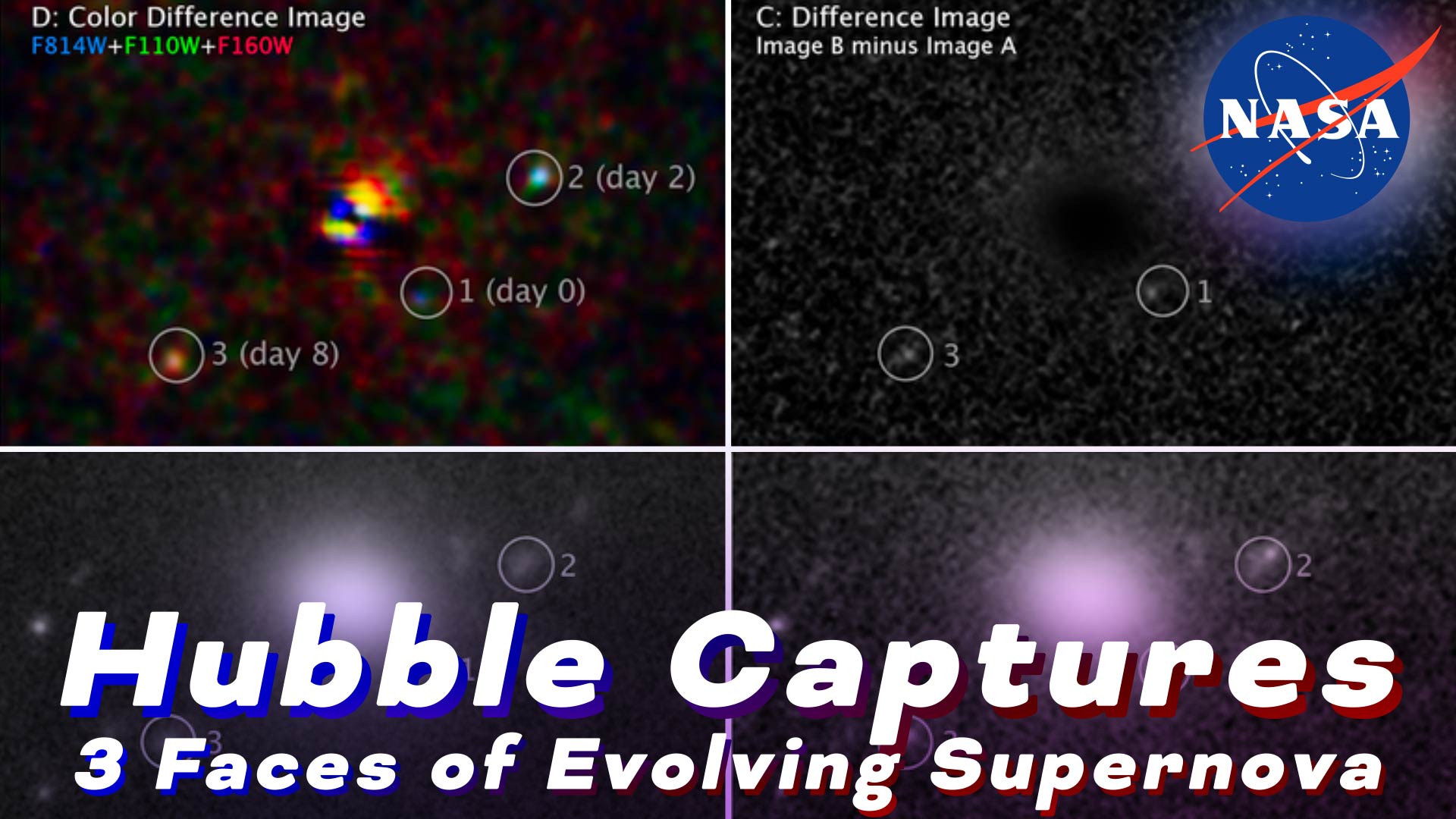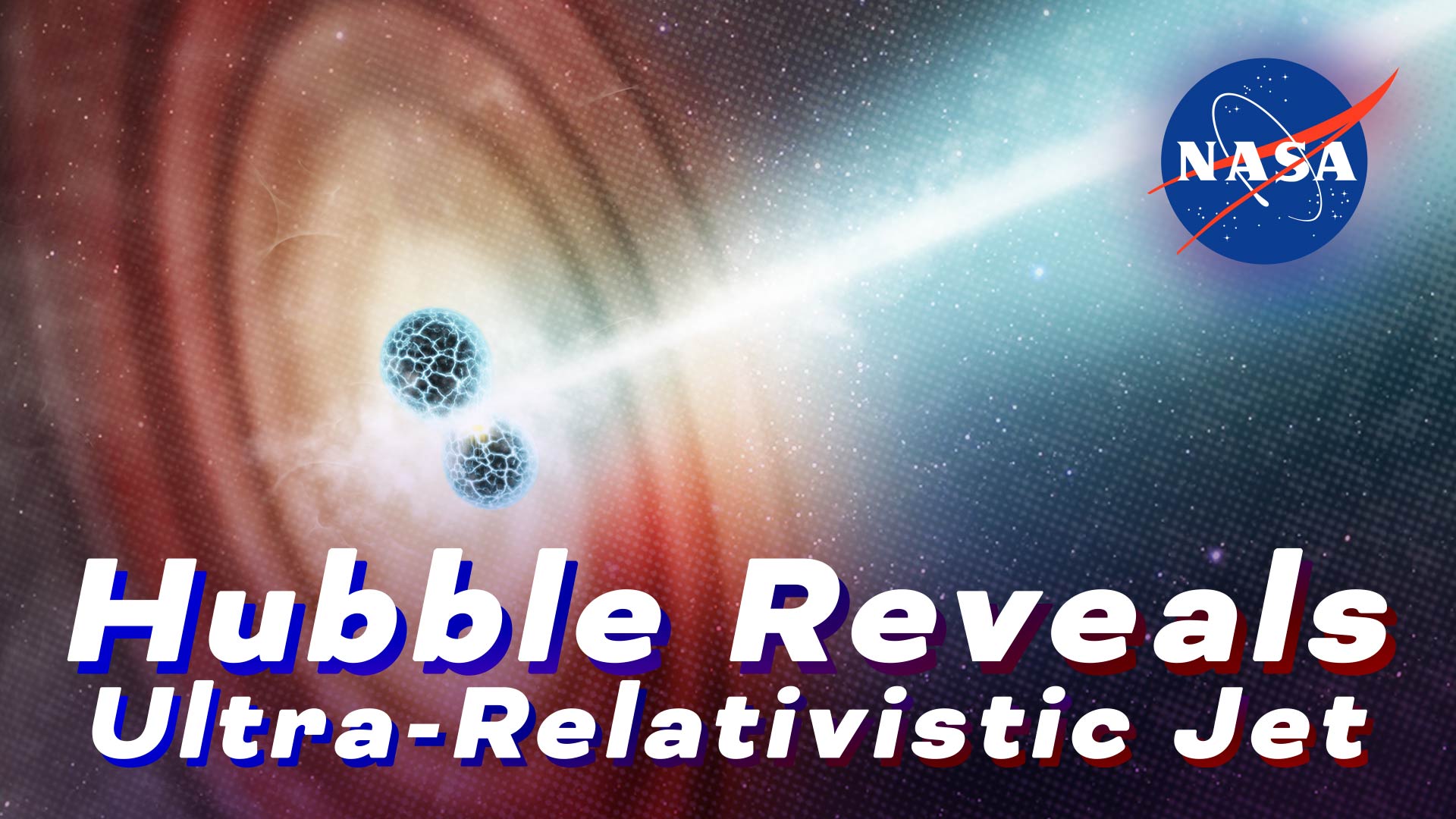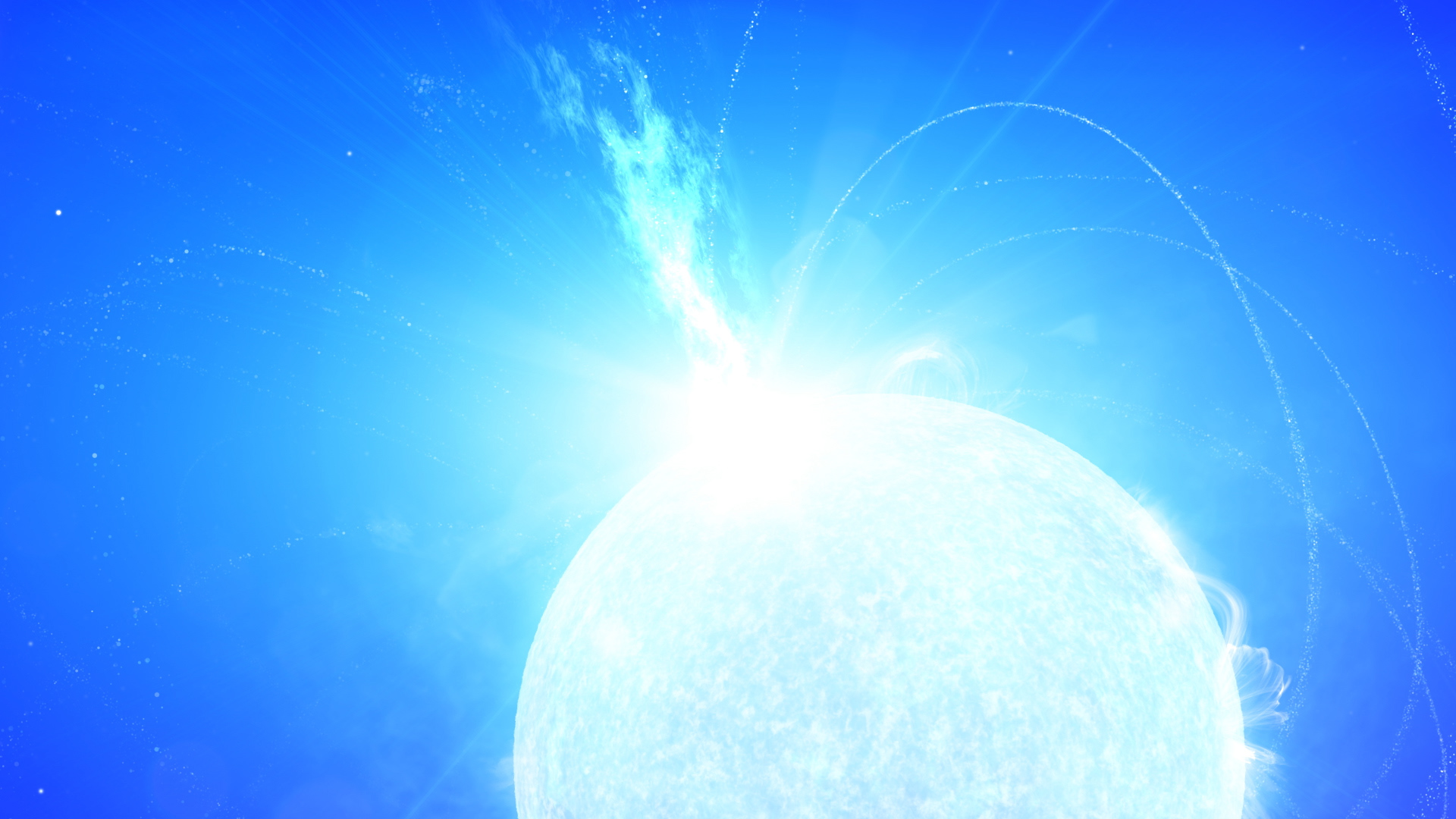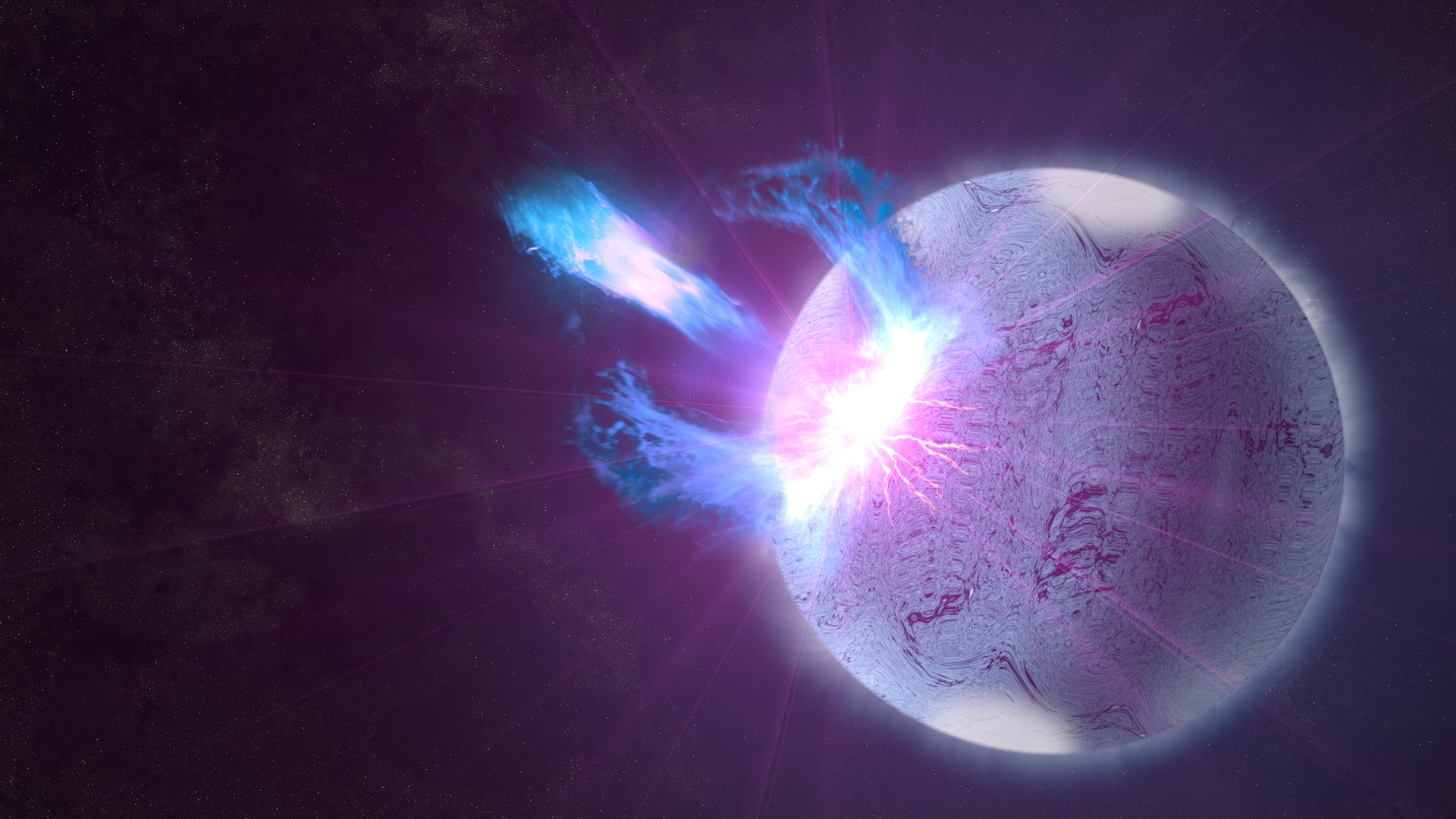Hubble Tracks Origins Of Energy Blasts
Fast radio bursts or FRBs, are extraordinary events that generate as much energy in a thousandth of a second as the Sun does in an entire year!
Astronomers, using NASA’s Hubble Space Telescope have traced the locations of eight brief, powerful FRBs; five of which are near or on their host galaxy’s spiral arms. The research helped rule out some of the possible stellar objects originally thought to cause these brilliant flares.
For more information, visit https://nasa.gov/hubble.
Additional Visualizations:
Sunrise over the Pacific: Artbeats
Animation of Magnetar: Scott Wiessinger
FRB Locations Animation: Scott Wiessinger and Chris Smith
Gamma Ray Burst Illustration: Michael Starobin
Neutron Star Merger: Michael Starobin
Magnetar Flyby Animation: Chris Smith
Magnetar Flare Sequence: Chris Smith
Music Credits:
"Deep Caverns" by JC Lemay [SACEM] via Koka Media [SACEM], Universal Publishing Production Music France [SACEM], and Universal Production Music.
Master Version
Horizontal version. This is for use on any YouTube or non-YouTube platform where you want to display the video horizontally.
Vertical Version
This vertical version of the episode is for IGTV or Snapchat. The IGTV episode can be pulled into Instagram Stories and the regular Instagram feed.
Credits
Please give credit for this item to:
NASA's Goddard Space Flight Center. However, please credit individual items as indicated above.
-
Producer
- Paul R. Morris (USRA)
-
Writer
- Andrea Gianopoulos (ASRC Federal System Solutions)
-
Animators
- Scott Wiessinger (USRA)
- Chris Smith (USRA)
-
Illustrator
- Michael Starobin (KBR Wyle Services, LLC)
-
Technical support
- Aaron E. Lepsch (ADNET Systems, Inc.)
Release date
This page was originally published on Thursday, May 20, 2021.
This page was last updated on Wednesday, May 3, 2023 at 1:44 PM EDT.




